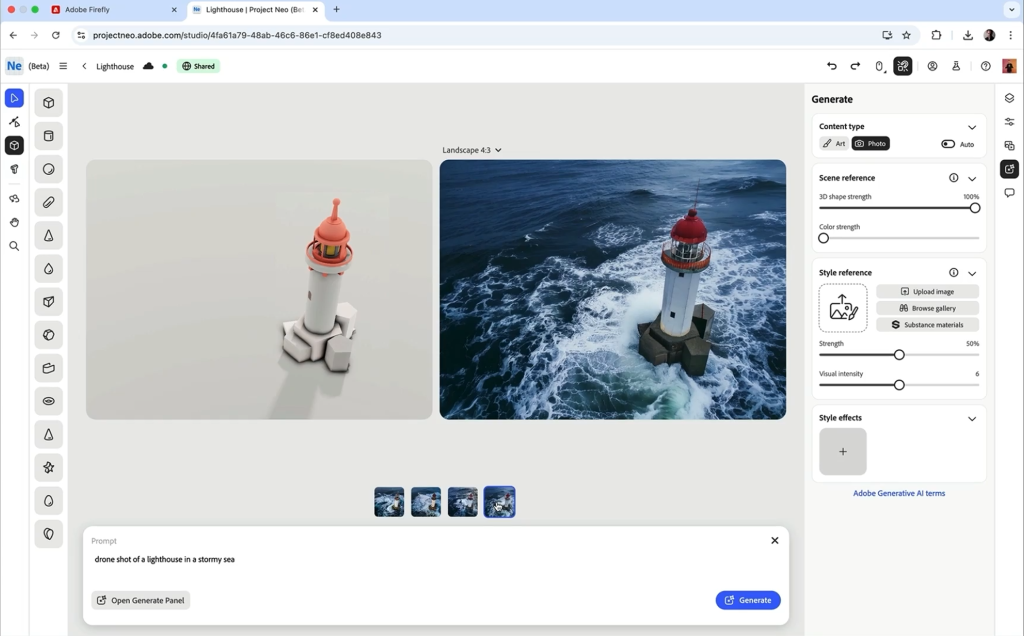Adobe has launched a public beta of its Firefly Video Model, a generative AI tool designed to address marketer concerns over intellectual property (IP) risks and production efficiency. The new offering, part of Adobe’s expanded Firefly app, enables users to generate 1080p video clips from text prompts or images, with integration into Adobe’s Creative Cloud suite for editing and refinement. Positioned as a “commercially safe” solution, the tool aims to help brands and agencies create AI-generated content while mitigating legal exposure.
Key Features
The Firefly Video Model allows marketers to produce videos, animations, and motion graphics using text or image inputs, with controls for camera angles, motion paths, and style consistency. Initial outputs are capped at 1080p resolution, though Adobe plans to introduce a 4K model for professional use. The tool also includes multi-modal workflows, letting users combine images, vectors, and video within the app, and offers audio/video translation into over 20 languages while preserving voice authenticity.

Rising Demand for Scalable Video Content
The launch arrives as demand for scalable video content grows—67% of marketers prioritize video in 2024, per a HubSpot report—but concerns persist about AI copyright risks. Adobe emphasizes that Firefly’s model is trained on licensed Adobe Stock assets and public-domain content, avoiding the legal ambiguities of tools trained on unlicensed web data. Competitors like OpenAI’s Sora and Runway offer similar capabilities but lack explicit IP safeguards, making Adobe’s approach a potential differentiator.
Early adopters, including agencies dentsu and Stagwell, highlight efficiency gains.
“Adobe Firefly is a not just an agency tool, it’s a force multiplier. Firefly empowers our teams to innovate fearlessly within established brand guidelines, maximizing the impact of our client campaigns.” – Merrill Raman, Global Chief Technology Officer, Stagwell
Responsible AI and Transparency
Adobe ties the tool to its Content Authenticity Initiative, attaching “Content Credentials” to AI-generated videos to disclose their origin—a transparency move aligned with growing regulatory scrutiny of AI content. The company claims Firefly has generated over 18 billion assets since its 2023 debut, reflecting rapid adoption despite industry debates over AI’s creative role.
Why It Matters for Marketers
For marketing teams, Firefly’s appeal lies in bridging speed and safety. It offers a streamlined path from ideation to production within Adobe’s ecosystem (e.g., Premiere Pro, Photoshop), reducing reliance on external tools. However, questions remain about output originality and how brands will navigate AI’s ethical gray areas, even with Adobe’s safeguards. As AI becomes embedded in creative workflows, Firefly’s success may hinge on whether its IP protections hold up in practice—and if marketers trust it to balance innovation with compliance.
The Firefly Video Model is available globally in beta via Adobe’s new subscription plans.

